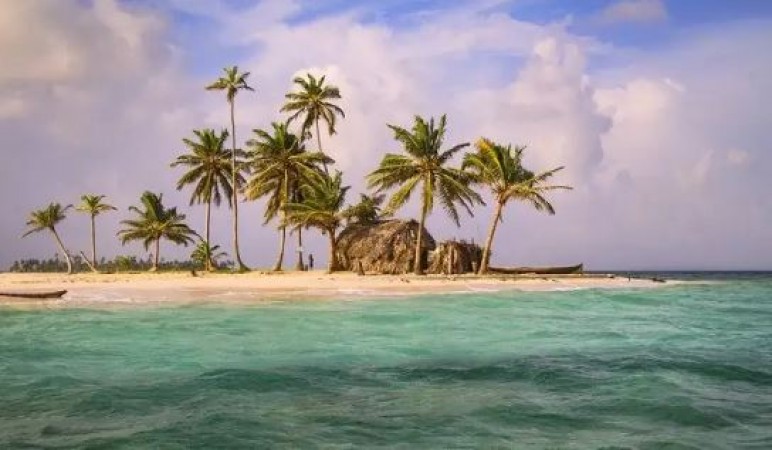
The Philippines, known for its beautiful landscapes and warm-hearted people, is a nation rich in cultural heritage. From the indigenous traditions of its many tribes to the influence of Spanish colonization and other foreign cultures, the Philippines holds a diverse and vibrant history that has been passed down through generations. This collective inheritance, known as "pamana" in Filipino, is an integral part of the country's identity and is crucial to preserving the nation's unique cultural fabric.
Understanding Pamana: Pamana encompasses a wide array of intangible and tangible elements that represent the cultural identity of the Filipino people. These include folk songs, dances, indigenous languages, crafts, rituals, festivals, and historical landmarks. Passed down from one generation to another, pamana reflects the collective wisdom, values, and beliefs of the Filipino people and serves as a bridge connecting the past, present, and future.
The Importance of Preserving Pamana: Preserving pamana is essential for several reasons. Firstly, it fosters a sense of pride and belonging among Filipinos, strengthening their cultural identity and promoting unity. By recognizing and valuing their heritage, Filipinos can better understand their roots and use these insights to navigate the challenges of modern life while preserving their unique traditions.
Secondly, pamana plays a significant role in educating future generations about their country's history and cultural diversity. Through storytelling, music, and rituals, younger Filipinos gain valuable insights into the struggles and triumphs of their ancestors, instilling a deeper appreciation for their heritage. Furthermore, pamana serves as a potential driver of sustainable tourism. Cultural landmarks, festivals, and crafts attract domestic and international tourists alike, boosting local economies while encouraging the preservation and continuation of cultural practices.
Challenges to Preservation: Despite its importance, preserving pamana faces several challenges. Globalization and modernization have led to the erosion of traditional practices as younger generations embrace contemporary lifestyles. Additionally, environmental threats, urbanization, and neglect have put historical landmarks and natural sites at risk. Furthermore, the transmission of cultural knowledge relies heavily on oral traditions, and with the passing of elders, valuable information could be lost if not documented and taught to younger generations.
Initiatives for Preservation: Recognizing the urgency of preserving pamana, various organizations, government agencies, and cultural advocates have taken significant strides to safeguard the nation's heritage.
Cultural Education: Integrating cultural education into the formal curriculum and conducting community workshops ensure that traditional knowledge is passed down to younger generations.
Heritage Conservation: Restoration efforts for historical landmarks and natural sites, as well as the establishment of protected areas, help safeguard tangible cultural heritage.
Documentation and Digitization: Collecting and digitizing cultural artifacts, songs, stories, and other forms of pamana contribute to a comprehensive archive that can be easily accessed and shared.
ALSO READ:Ooty to Kodaikanal: Tamil Nadu's Stunning Hill Stations
Cultural Festivals and Events: Organizing cultural festivals and events not only promote appreciation but also provide opportunities for artists and artisans to showcase their skills and crafts.
Conclusion: Preserving pamana is a collective responsibility that requires the active participation of individuals, communities, and the government. By valuing and conserving their cultural heritage, Filipinos can celebrate their diversity, strengthen their national identity, and pass down their rich traditions to future generations. In doing so, they ensure that the Philippines' cultural tapestry remains vibrant and ever-evolving, a source of inspiration and pride for generations to come.
From Bangalore to Pondicherry, Here Are Seven Places to Visit in Tamil Nadu
Overview Dhavalappa Gudda Trek with Caving and Rappelling
From Munnar to Athirapally: Discovering Kerala's Top 5 Must-See Places
Maya Devi Temple, Lumbini: Discovering the Sacred Birthplace of Lord Buddha